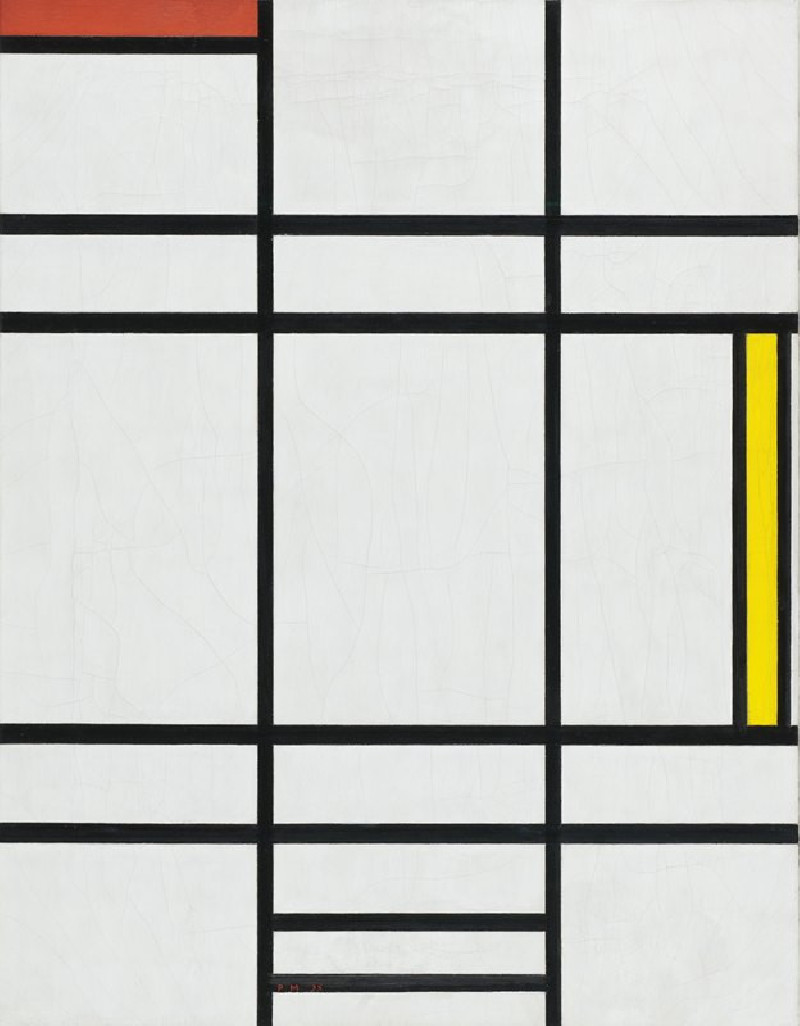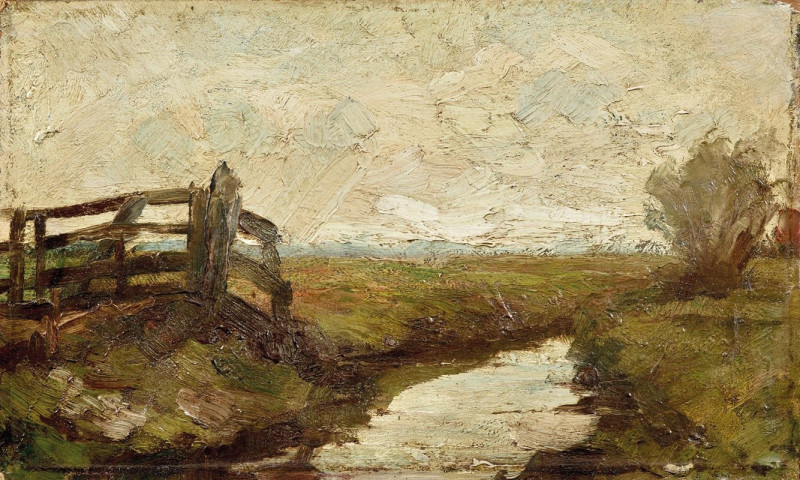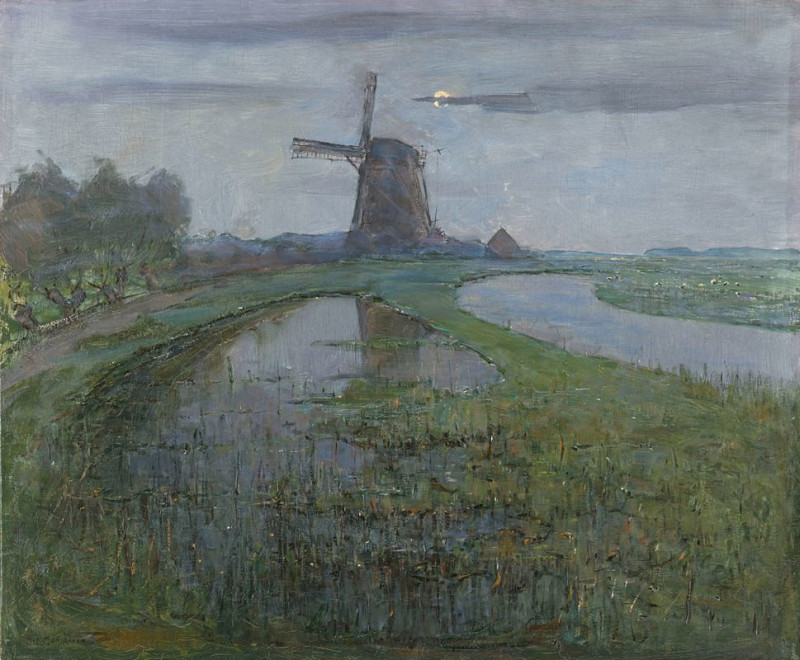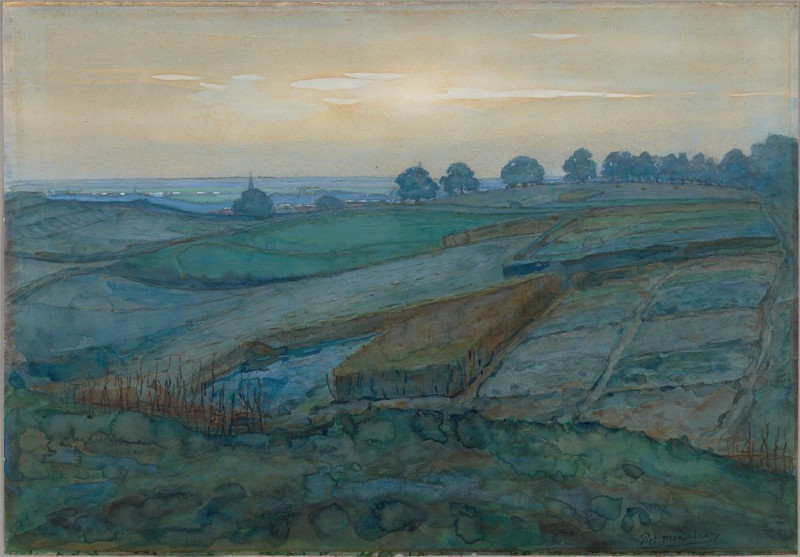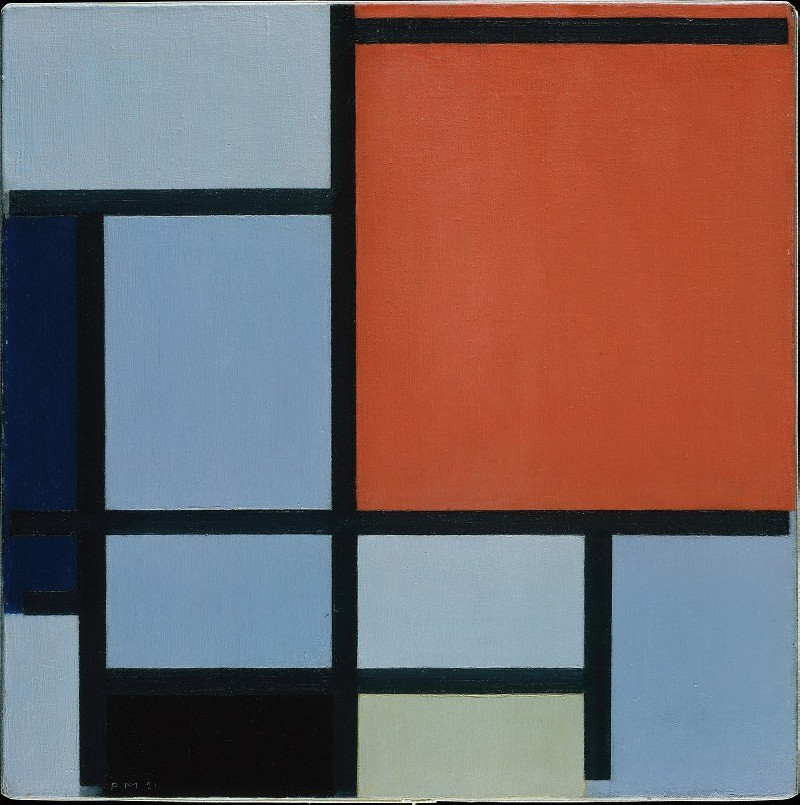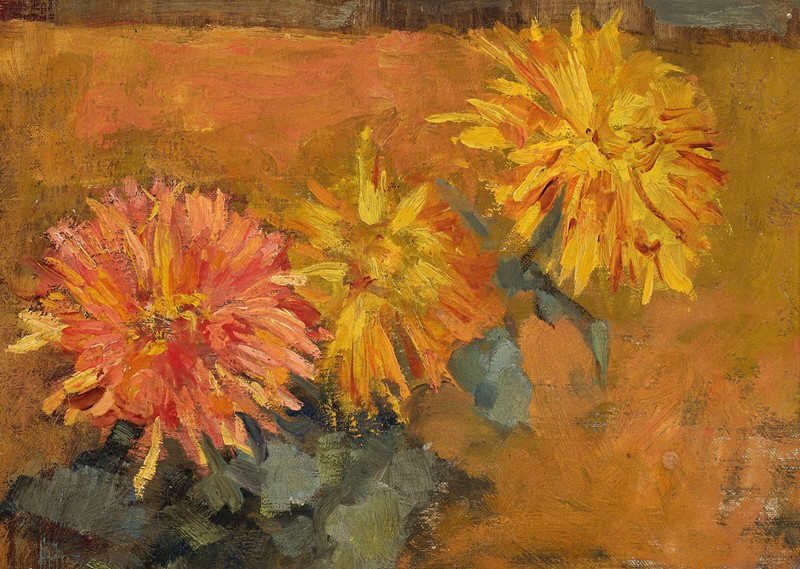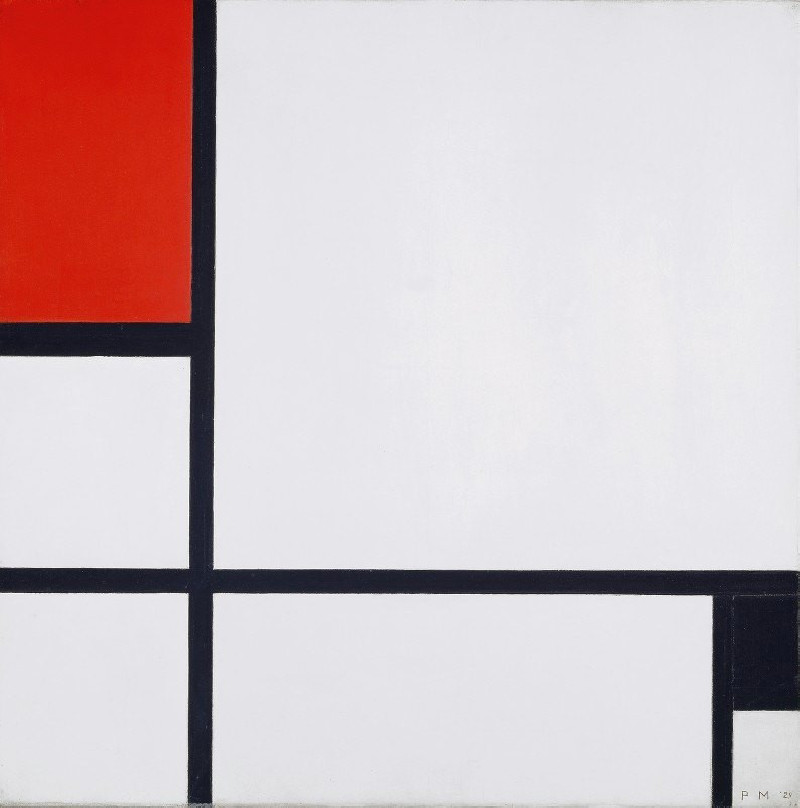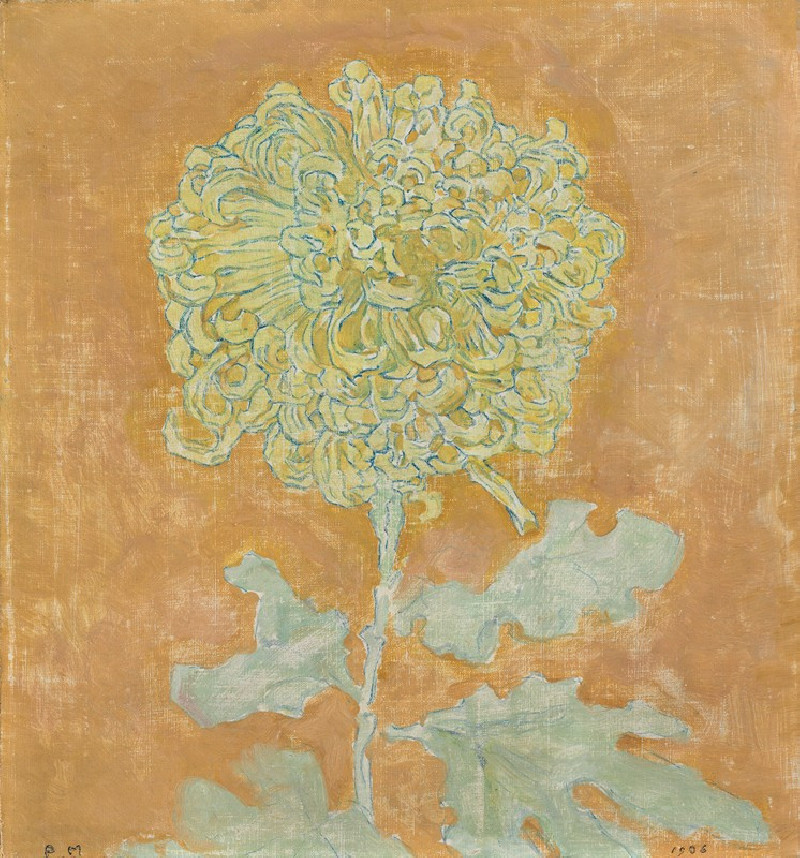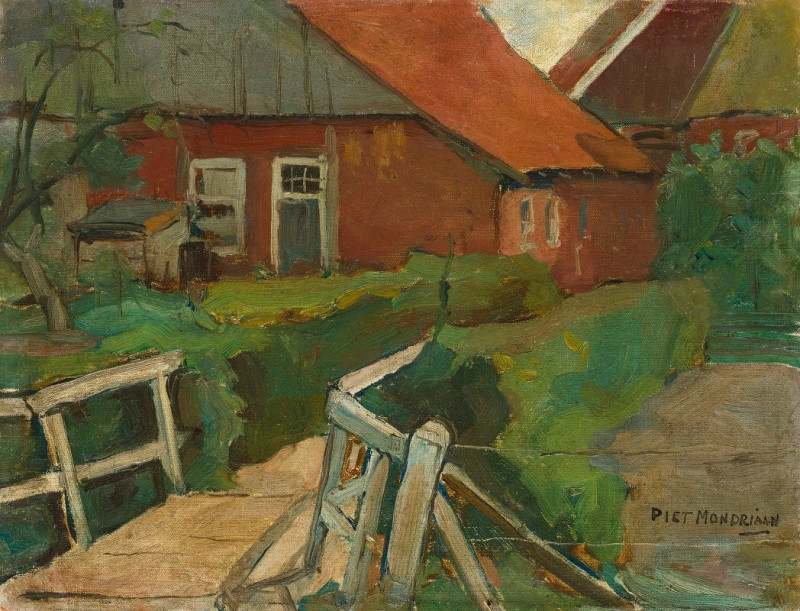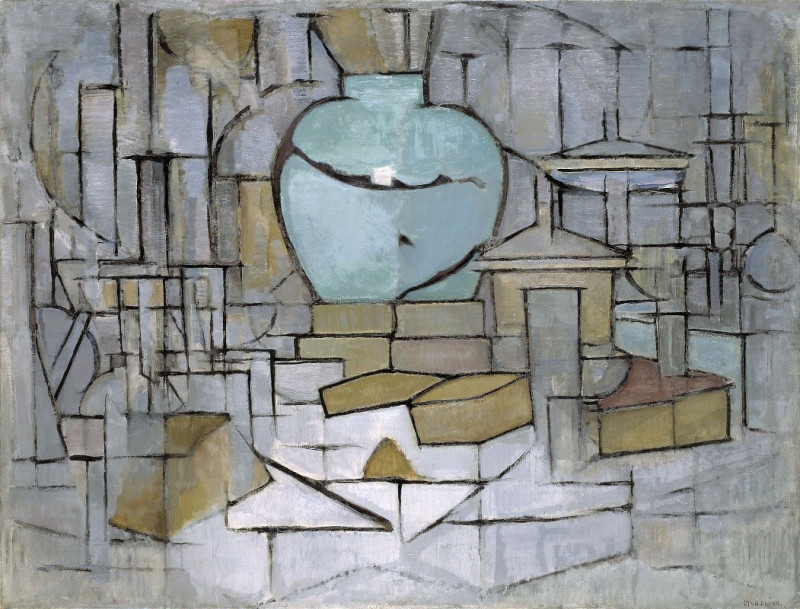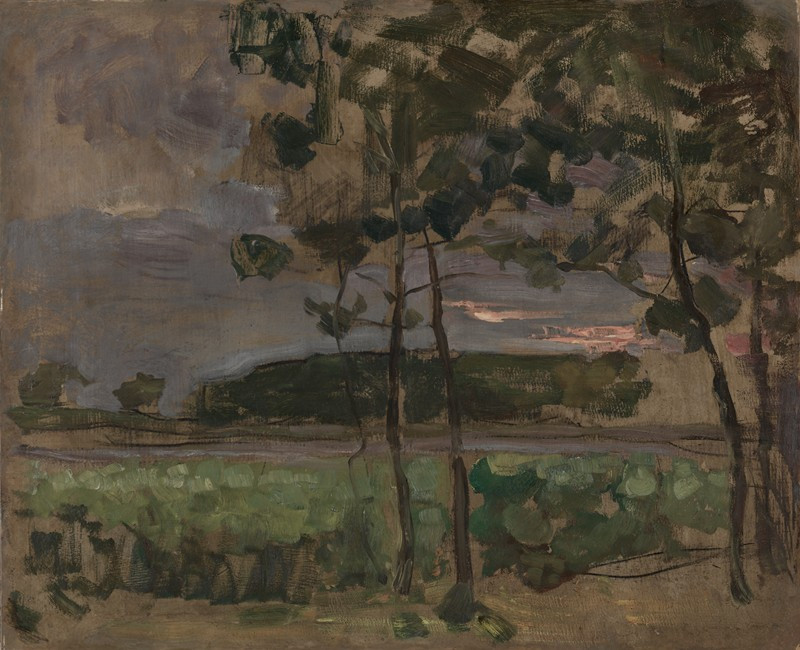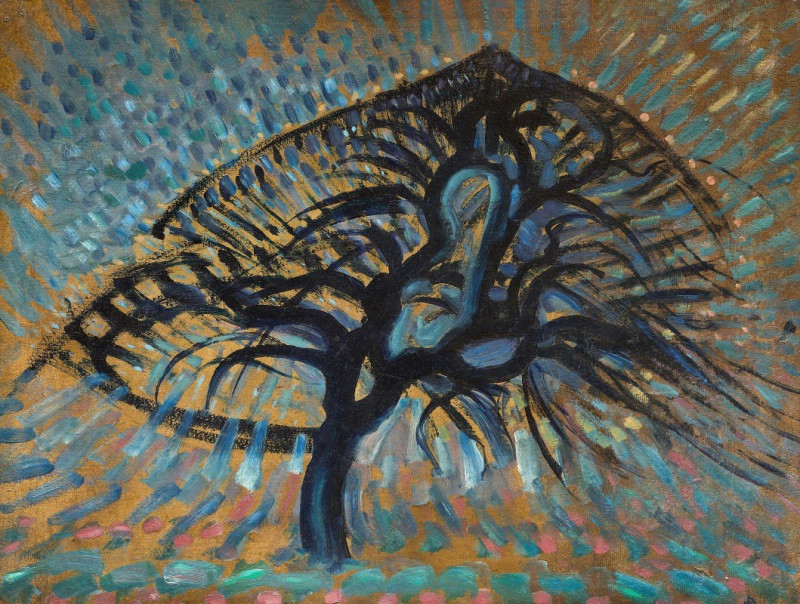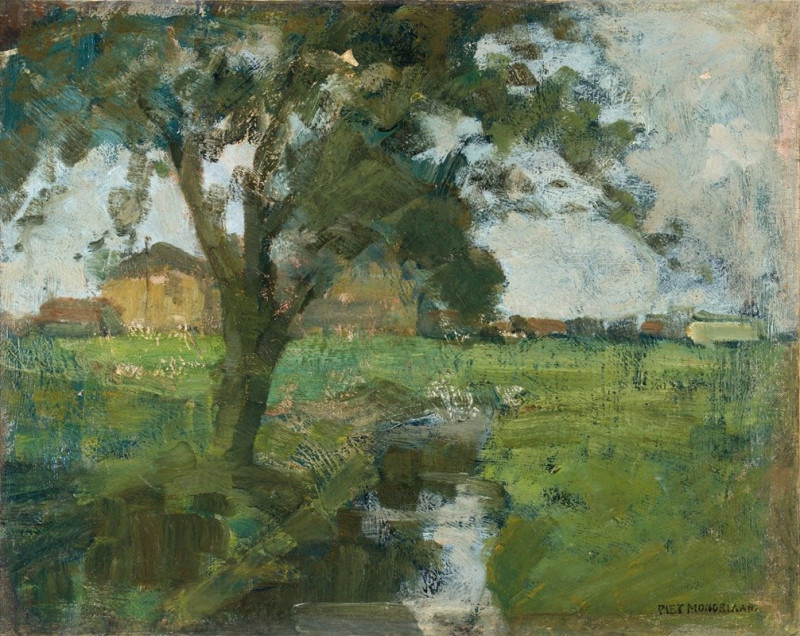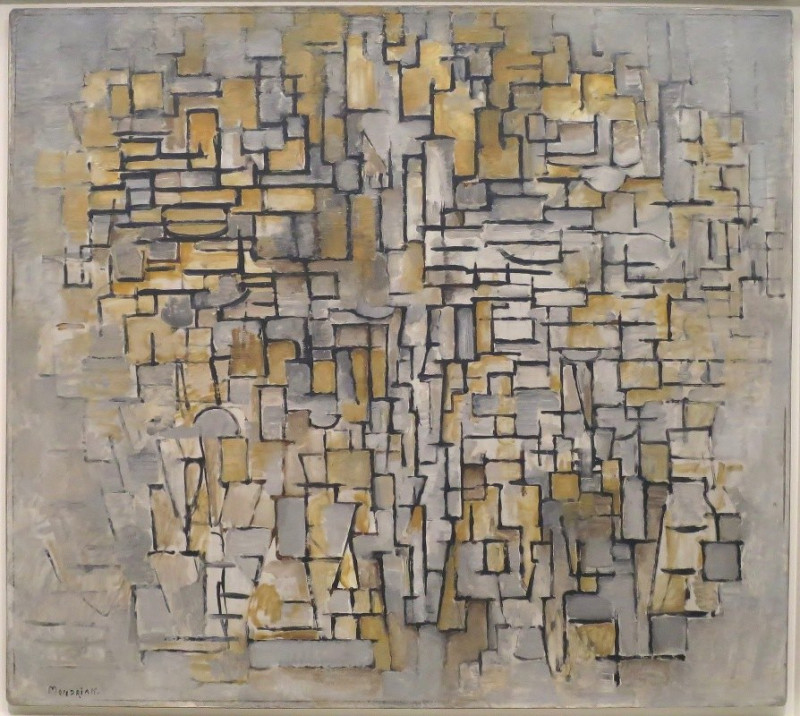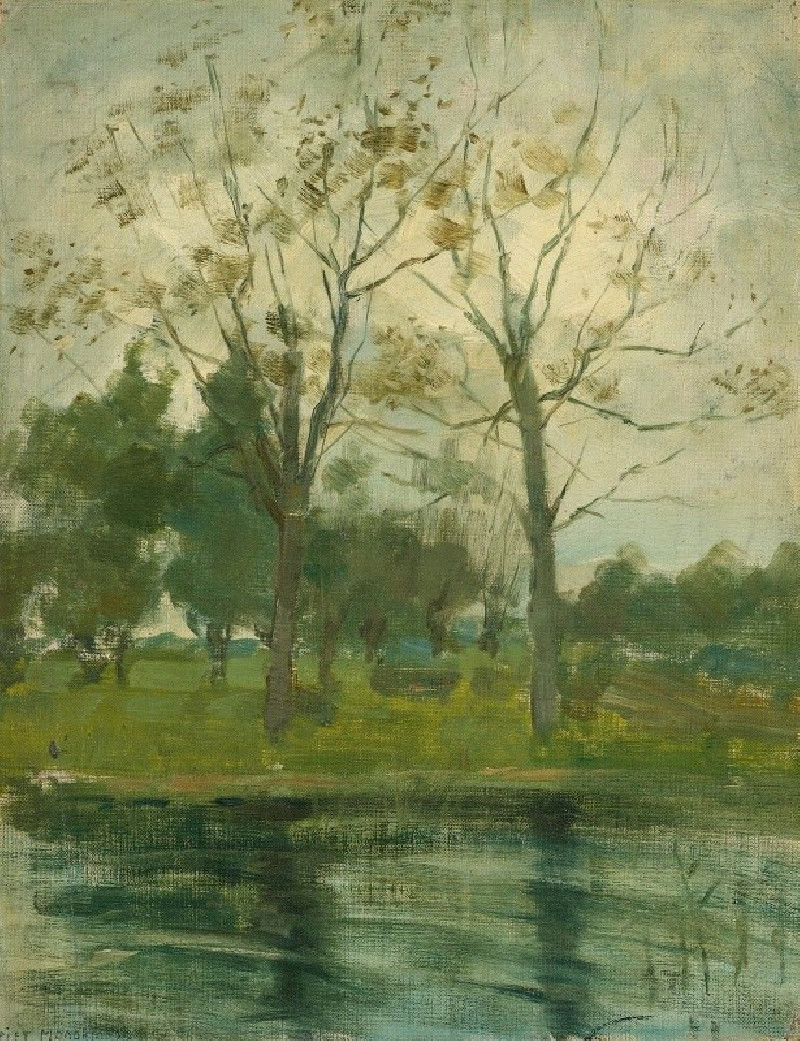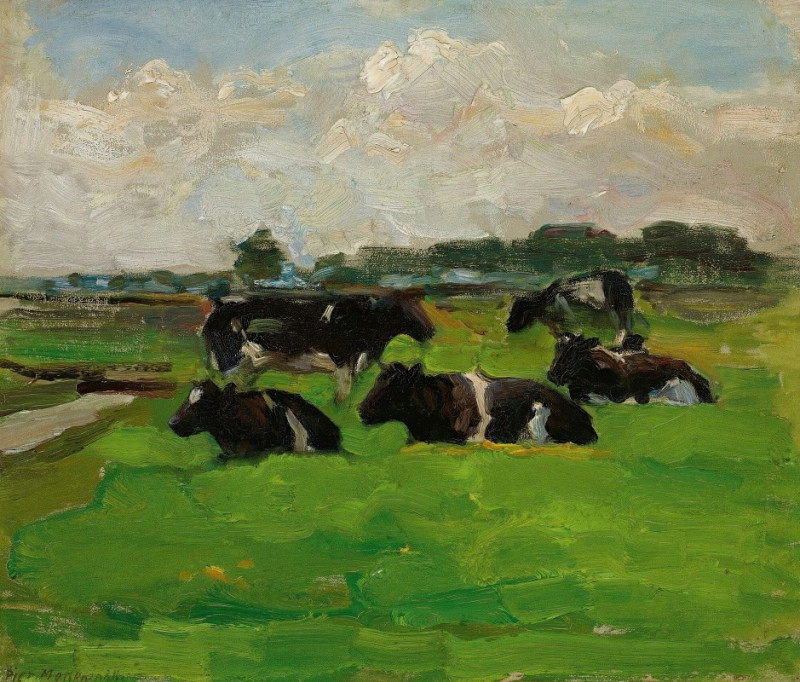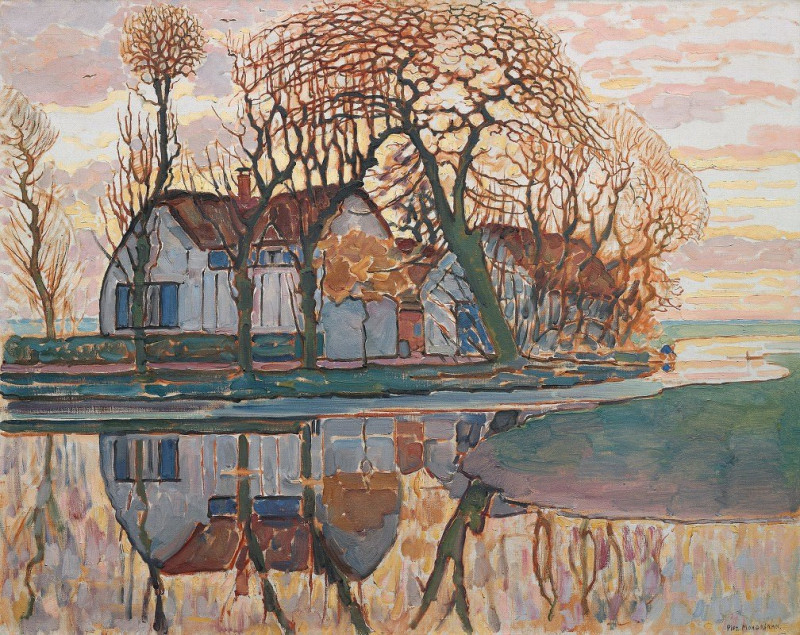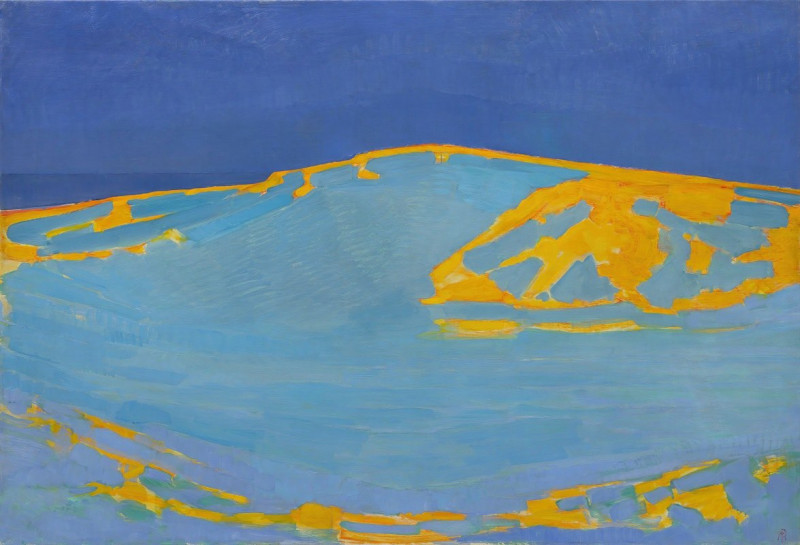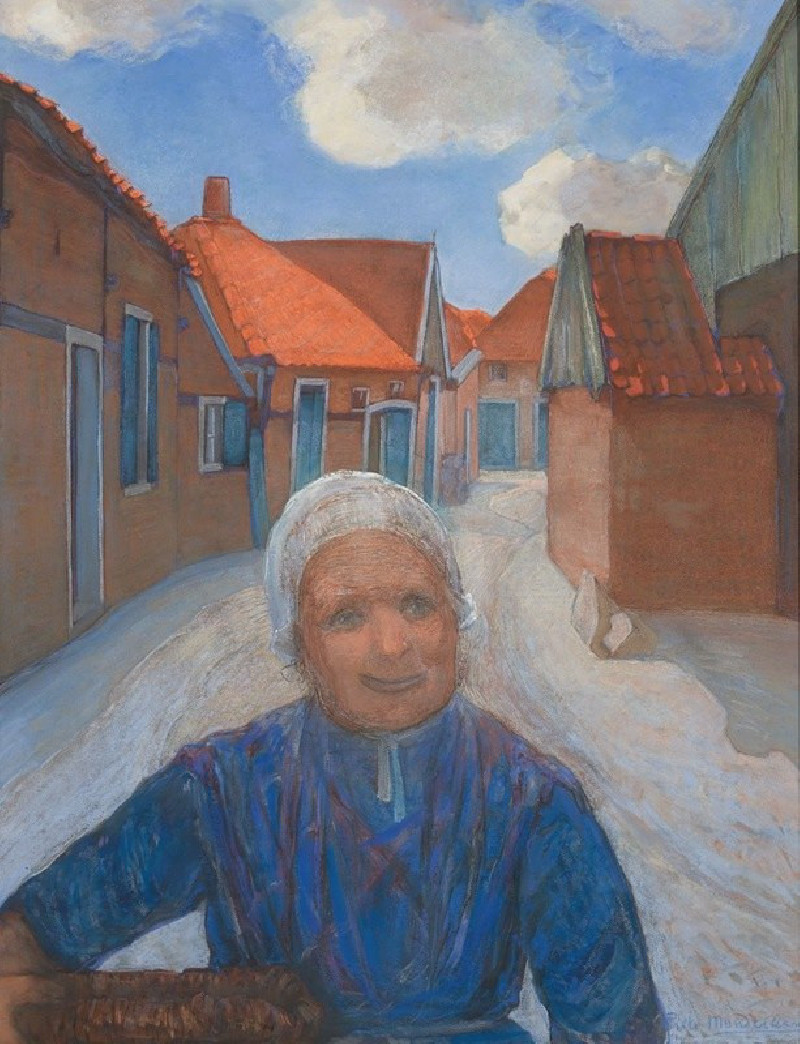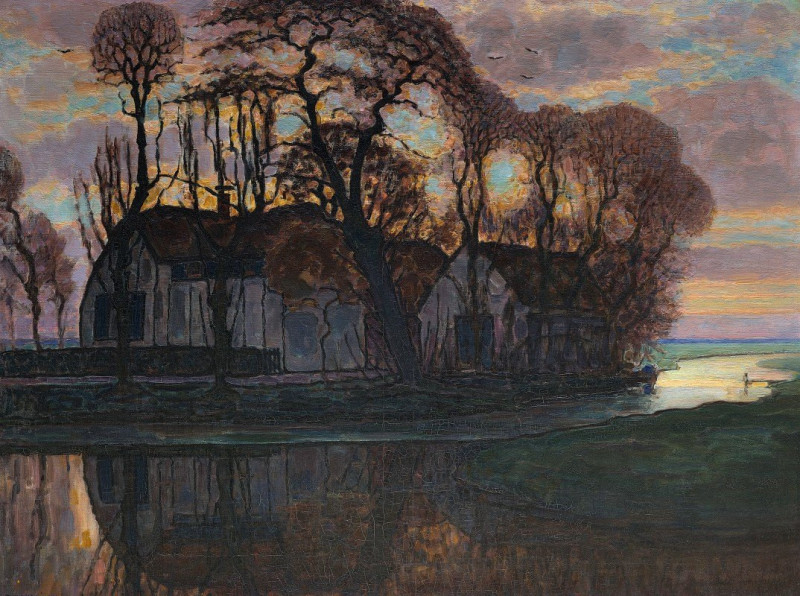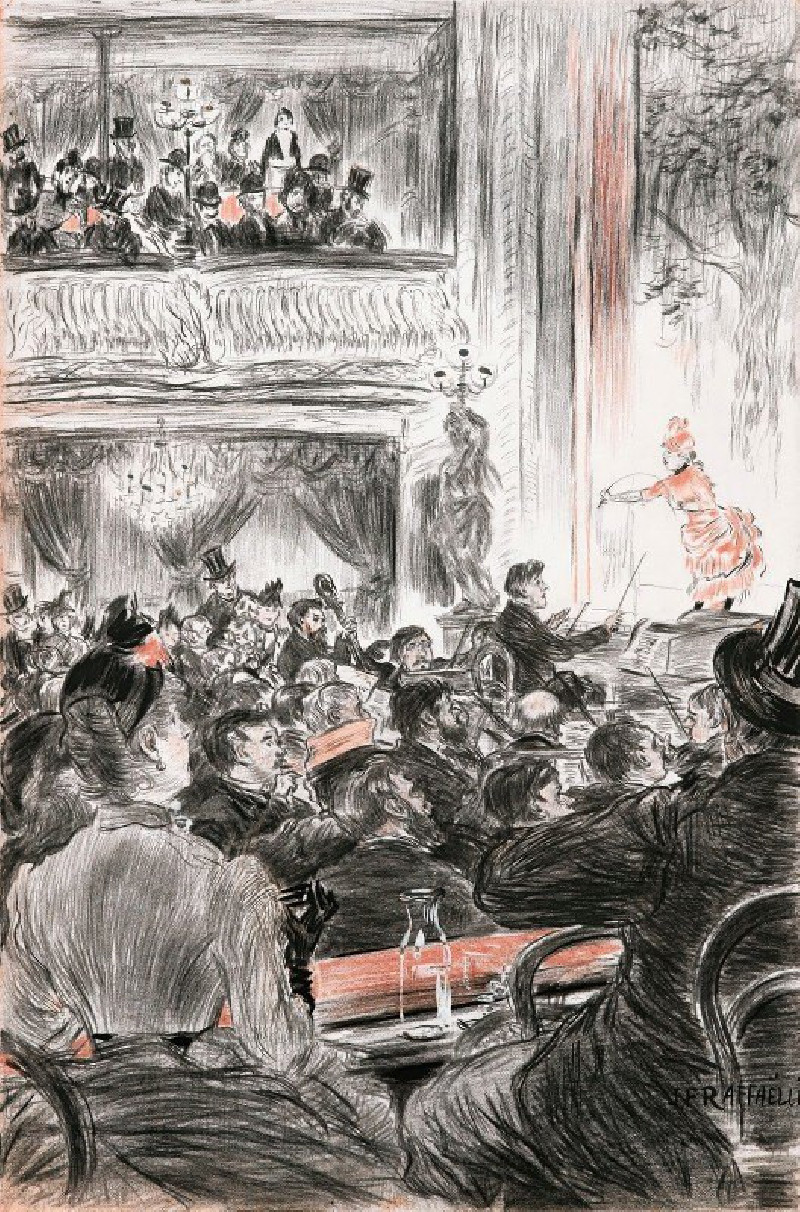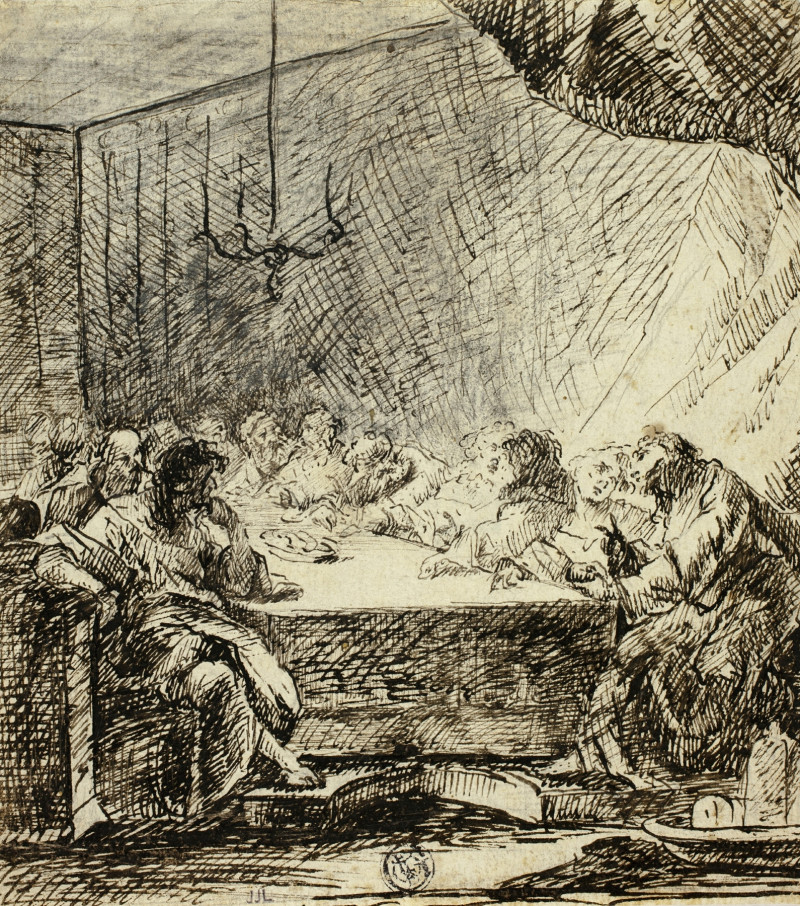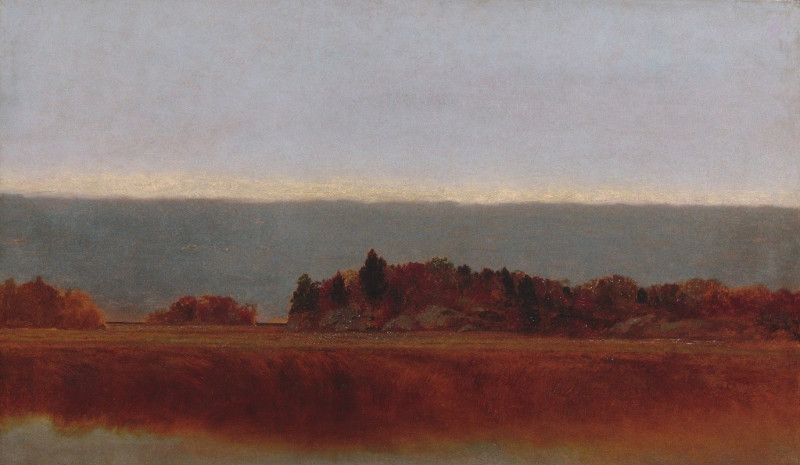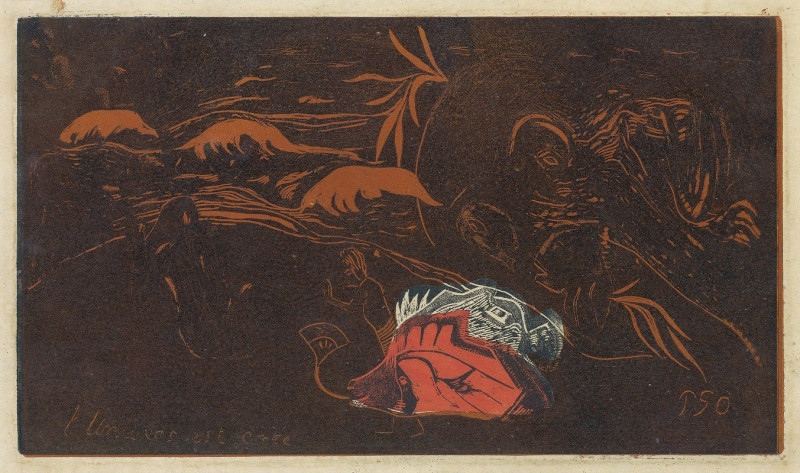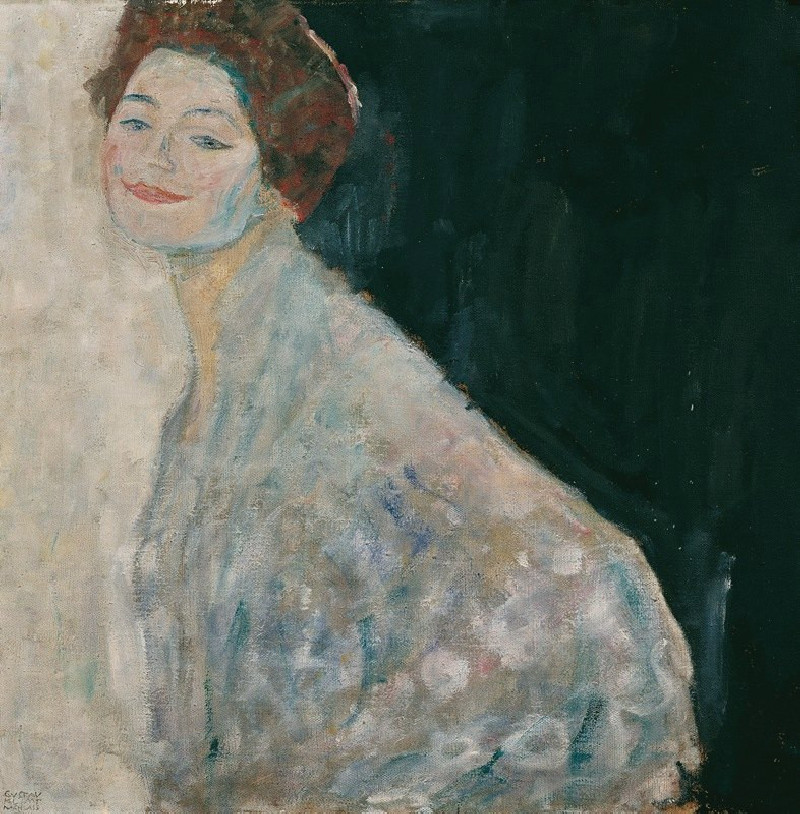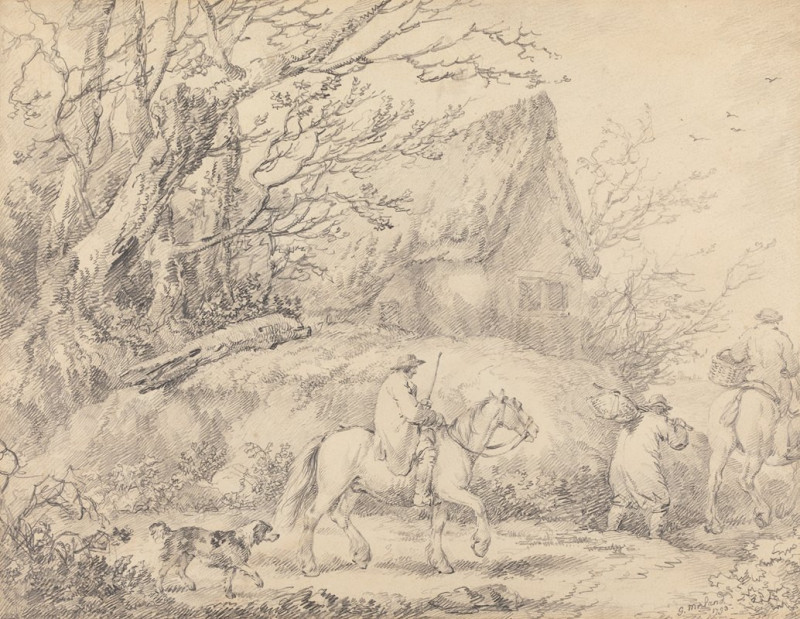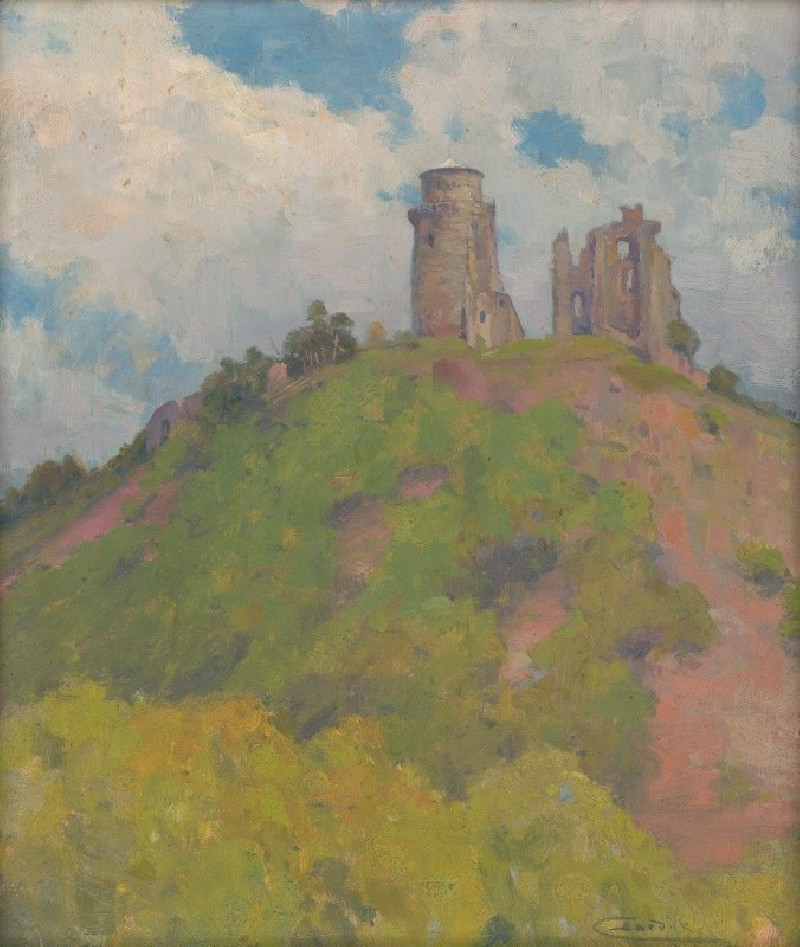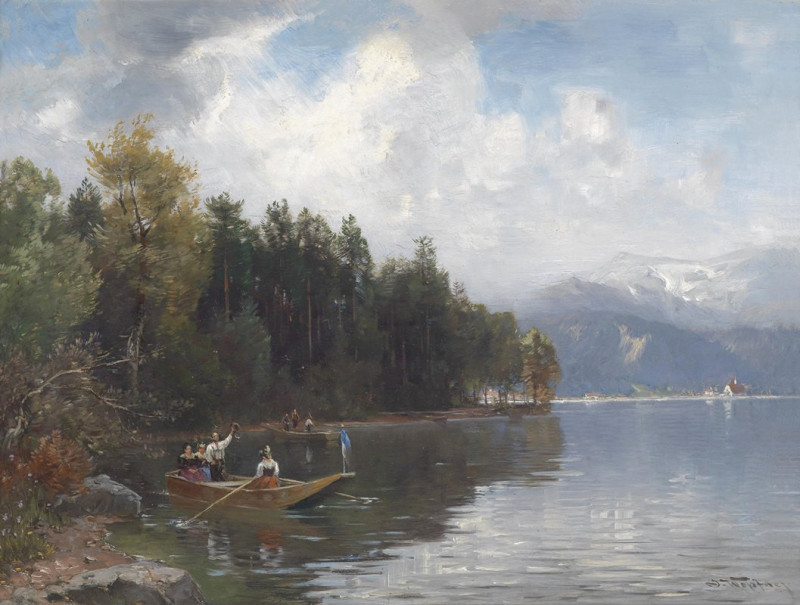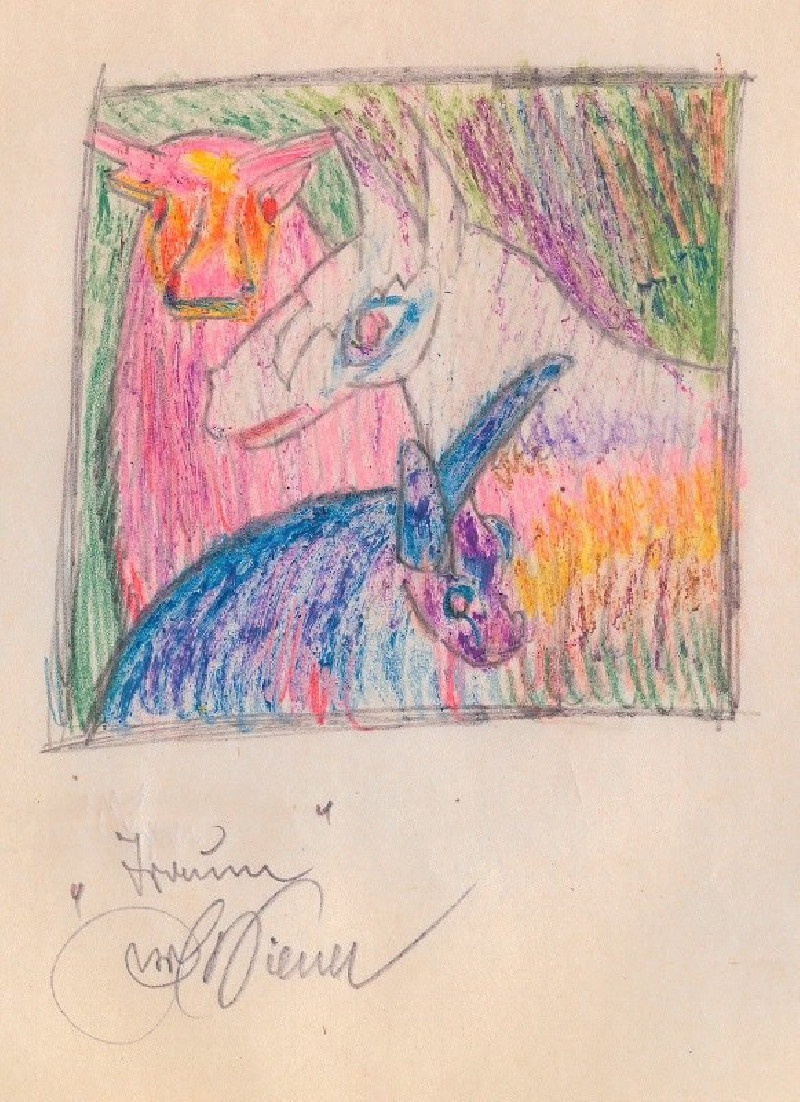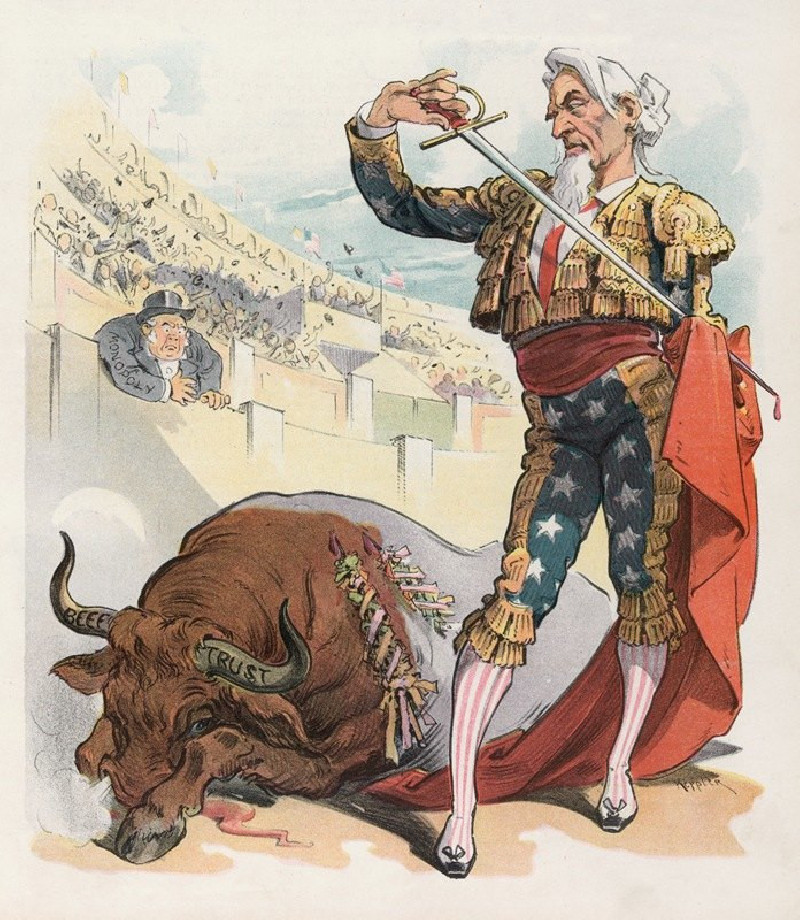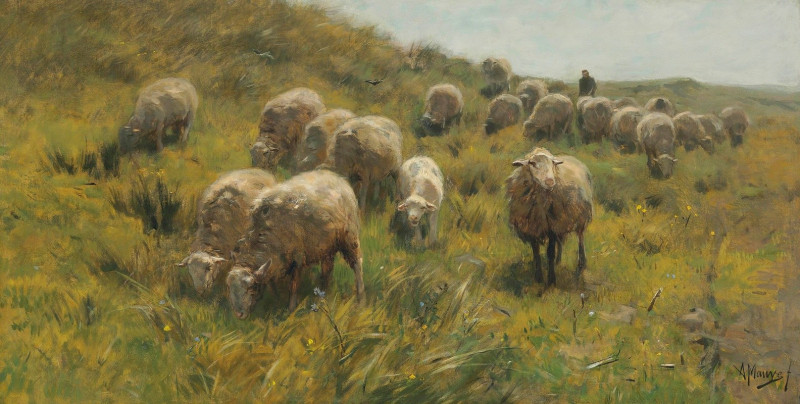Composition in White, Red, and Yellow (1936)
Technique: Giclée quality print
Recommended by our customers
More about this artwork
Welcome to our exploration of "Composition in White, Red, and Yellow" (1936) by the influential Dutch artist Piet Mondrian. In this striking piece, the artist continues his exploration of neoplasticism, a movement characterized by the reduction of elements to simple geometric forms and primary colors.In the painting, Mondrian masterfully arranges black grid lines to create a sense of balance and tension across the canvas. These grids compartmentalize the space into numerous rectangles and squares that vary in size and proportion, yet each plays a crucial role in the composition.The use of color in this artwork is minimal yet impactful. Most of the canvas is painted in a pristine white, which enhances the vividness of the primary colors used. A bold red square occupies a strategic position near the top left corner, drawing the eye with its intensity and warmth. On the far right, a slim vertical stripe of bright yellow provides a striking contrast, both in color and form, to the other elements of the composition.Mondrian’s work invites viewers to contemplate the interplay of lines and colors, encouraging a meditative gaze that finds harmony in simplicity and abstraction.
Delivery
Returns
Pieter Cornelis Mondriaan, was a Dutch painter and theoretician who is regarded as one of the greatest artists of the 20th century. He is known for being one of the pioneers of 20th-century abstract art, as he changed his artistic direction from figurative painting to an increasingly abstract style, until he reached a point where his artistic vocabulary was reduced to simple geometric elements.

